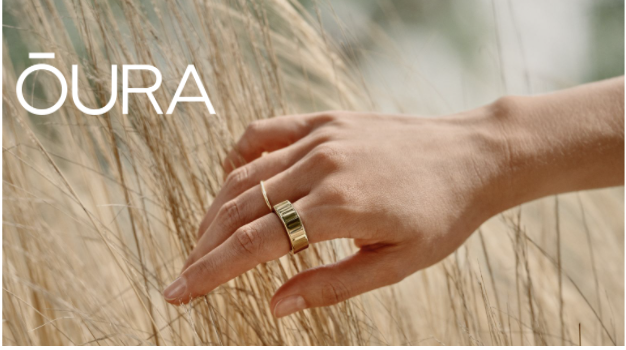|
This article from January 19th Washington Post discussed the status of the James Webb telescope as it settles in to a resting place in space to begin sending images of the past, present. "The Earth-sun orbital relationship produces 5 Lagrange Points which scientists have numbered L1 through L5. Placing the telescope at L2 — in line with the Earth and Sun, where the telescope’s large shield can protect it from their glare and heat — will allow it to look farther, while also keeping its sensitive instruments at the super-cold temperatures they need to operate".
Makes me wonder how people cannot be fascinated and extraordinarily in debt to all those minds who have studied and then proven and disproven, bit by bit, what we thought we knew about our world. From believing it flat to proving it's not and so very far beyond that 16th C assumption. But then I remember the world we've been living in for the past nearly 3 years. I started wearing an Oura ring back in May of 2020 when I couldn't check my own temperature and oxygen saturation often enough. Since then the big value was discovering that even through the most sleepless nights of 2020 I was still able to function well and be more at ease about sleeplessness. At one point I wrote a blog about not sleeping before I really gained insight into how sleep truly cycles and how optimal function happens with different amounts and "intensities" of sleep. Of course the Gen3 Oura ring has many other features very similar and some better than other wearables including (SOON) measuring oxygen saturation. What I really prefer about it though is the unobtrusive way it collects that data without the distraction other technology a phone, watch or wrist-bit might have. More about Oura can be found here.
Sean's newsletter is an eclectic bit of information on topics of his choosing (and yours) including also some biking resources and books he is reading. It's fun, informative and not a bit preachy. Follow the links to the gmail address and let him know a topic you'd like to read more about or add your name directly to the mailing list here.
 photo courtesy of Train with Joan
“Long term physical exercise is safe and effective in older adults… Sedentariness is the lethal condition.” (Izquierdo, 2021) If exercise were a pill, it would be the most universally prescribed medication, young and old. Exercise can help reduce the risk or mitigate the effects of, cognitive decline, heart disease, diabetes, metabolic syndromes, sarcopenia (age related muscle loss), respiratory illnesses, depression, anxiety, pain and so much more. Two diseases that exercise has been shown to help where there is no medicinal intervention are sarcopenia (loss of muscle mass) and dementia. Yet, only 23% of people aged 18-80 in the US meet minimum recommended activity guidelines (150 minutes of moderate-vigorous aerobic training and 2+ days of resistance training). |
Author:
|
Proudly powered by Weebly




 RSS Feed
RSS Feed